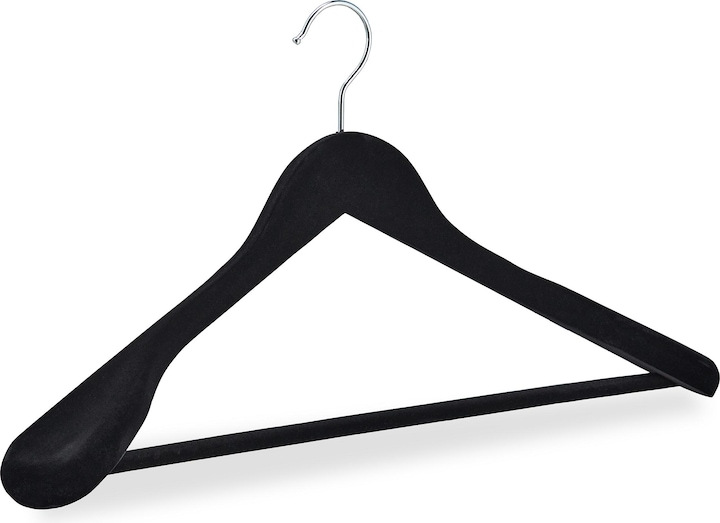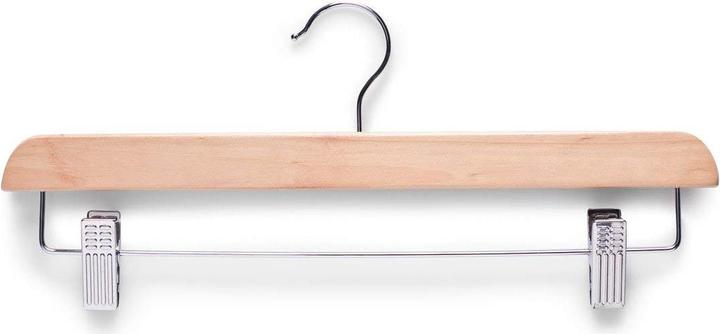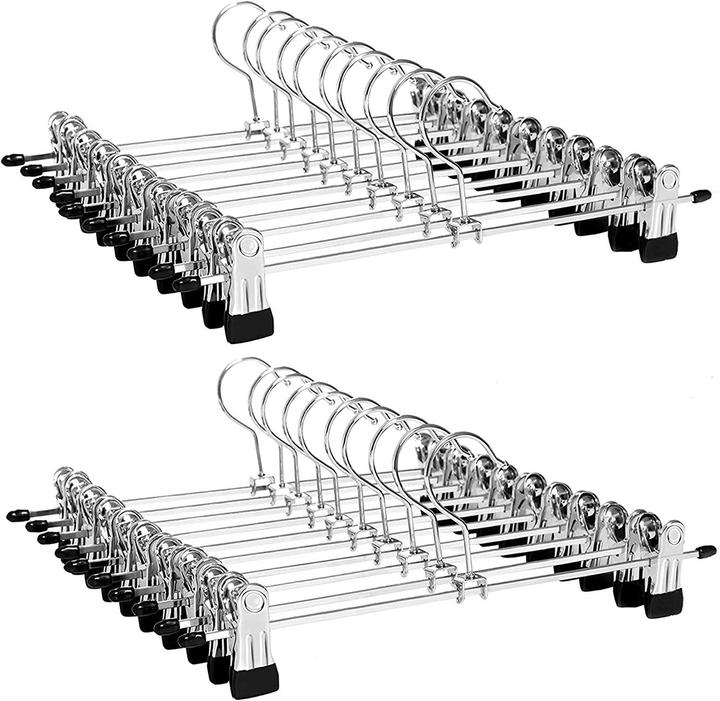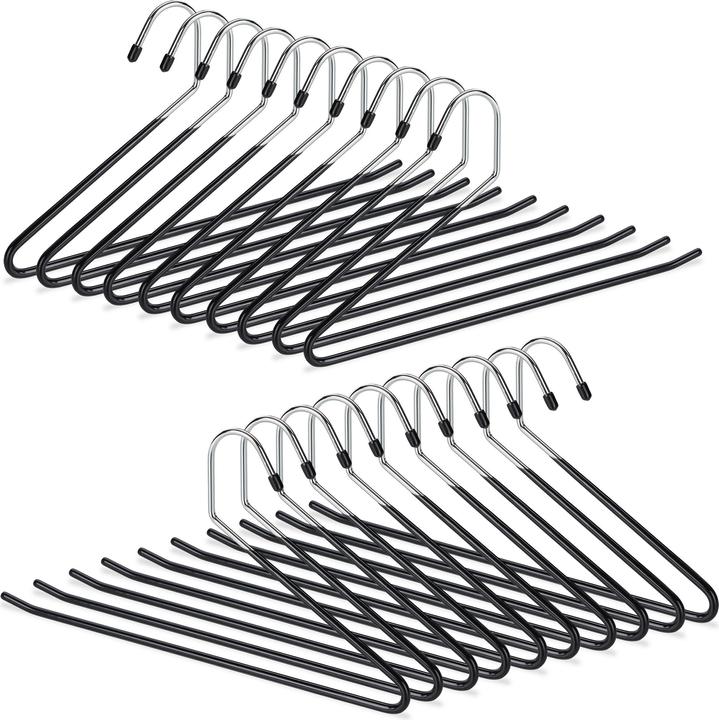

Is it better to hang or fold clothes? Which hanger should you use? Here's how to store your things properly
Most of us store our clothes intuitively in the wardrobe without actually going into them. Here's how to store them better.
Compared to washing machines, tumble dryers and irons, wardrobes seem quite harmless and can neither shrink your favourite jumper nor leave burn marks on your shirt. Nevertheless, proper storage is a key factor in ensuring the longevity of your clothes. So I've summarised the essentials for you.
Clothes to fold
Let's start with the most important point straight away: you should never hang knitwear as just another piece of clothing. Because of the structure of the stitches and their weight, they can stretch if they're hung permanently from the hoop, especially if they're made from delicate materials like cashmere or wool. In principle, knitwear should be stored together. However, there is a specific technique that still allows them to be kept hanging.
Here's how it works:
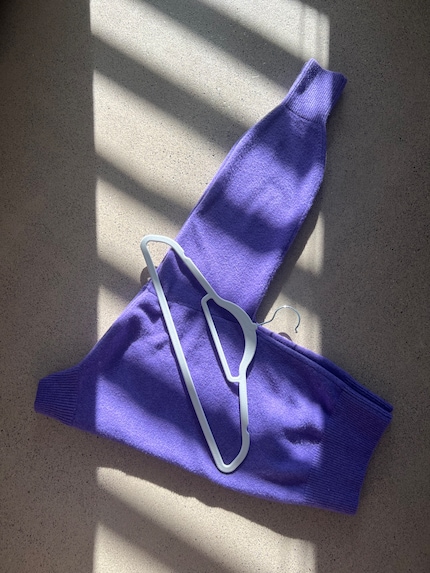
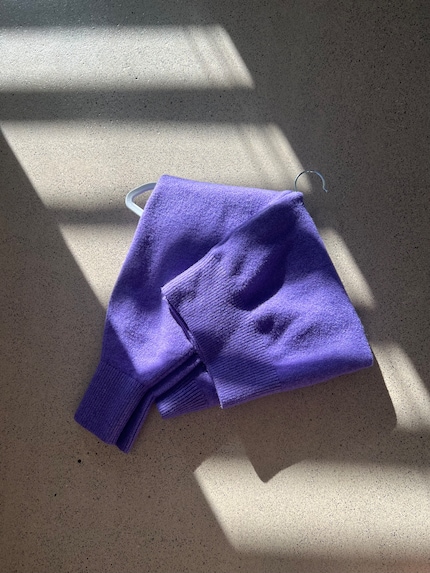
Stretch tops are also likely to stretch on the hanger, particularly in the shoulder area for long-sleeved styles. If you notice that the fabric is stretched, you should put the folded piece away. Elastic fabrics, like knits, hardly crease at all, even when folded.
Hanging clothes
Formal garments such as blazers, shirts or suit trousers, as well as skirts and tops that are likely to crease, should in principle be hung up. For blouses and shirts, always close the buttons (especially the top button) so that the shirt retains its structure and doesn't slip off the hanger. Also, avoid forcing a hanger through narrow necklines, as this can damage the fabric over time. Instead, thread it through the bottom, near the opening at the end of the hem.
Jeans and basic T-shirts are the pieces that generally pose no problems. You can keep them folded or hanging, depending on your preference and the space you have available. When in doubt, if you notice that the shoulder area, or the bottom, is stretched, then fold the garment.
How to choose the right hanger
The choice of hanger is also important and should match the weight and shape of the garment. The heavier the garments, the stronger the hanger needs to be so that the weight is distributed more evenly and to avoid unsightly pressure points.
Blazers, jackets and coats are therefore going to be hung with very wide, slightly curved hangers, as they support the weight without leaving bumps and follow the natural shape of the shoulders. Also, for long-sleeved tops, the hanger should never be wider than the shoulders, as this also forms unsightly bumps over time.
My favourite hangers are velvet ones: they're gentle on delicate textiles like silk, prevent the fabric from slipping and look great at the same time. There are slim and wide models.
For trousers and skirts, it's best to hang them at the waist with clip hangers. If you don't have clip-on models and don't want to buy them, or if your wardrobe isn't high enough, then you can fold trousers in half and place them on the horizontal bar of the hanger, or on special trouser hangers. Trousers with light pleats should not be folded in half, but at the waist crease. The easiest way to do this is to join the two belt loops at the front.
Header photo: Thirdman via Pexels
Has endless love for shoulder pads, Stratocasters and sashimi, but a limited tolerance for bad impressions of her Eastern Swiss dialect.
Practical solutions for everyday problems with technology, household hacks and much more.
Show all